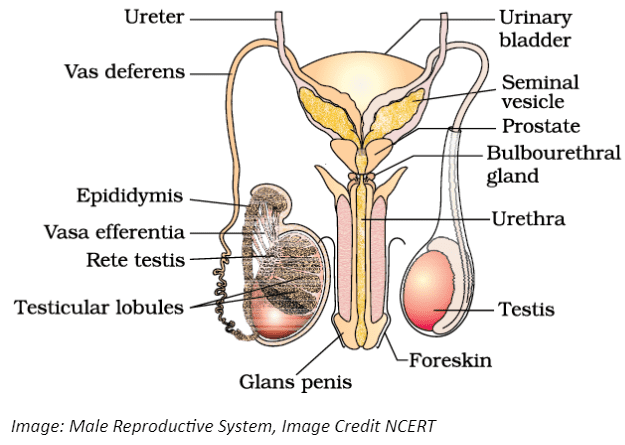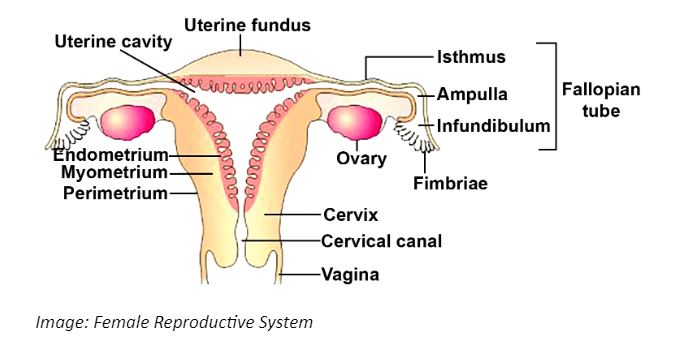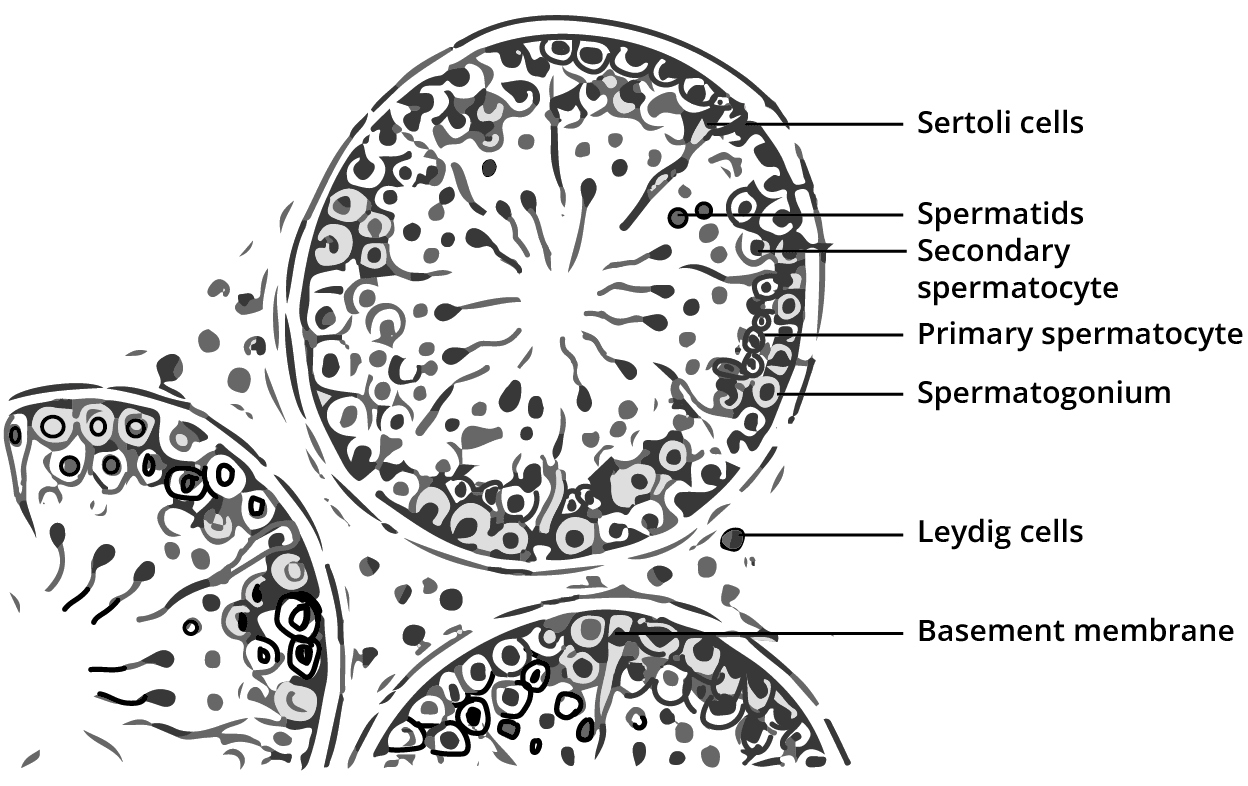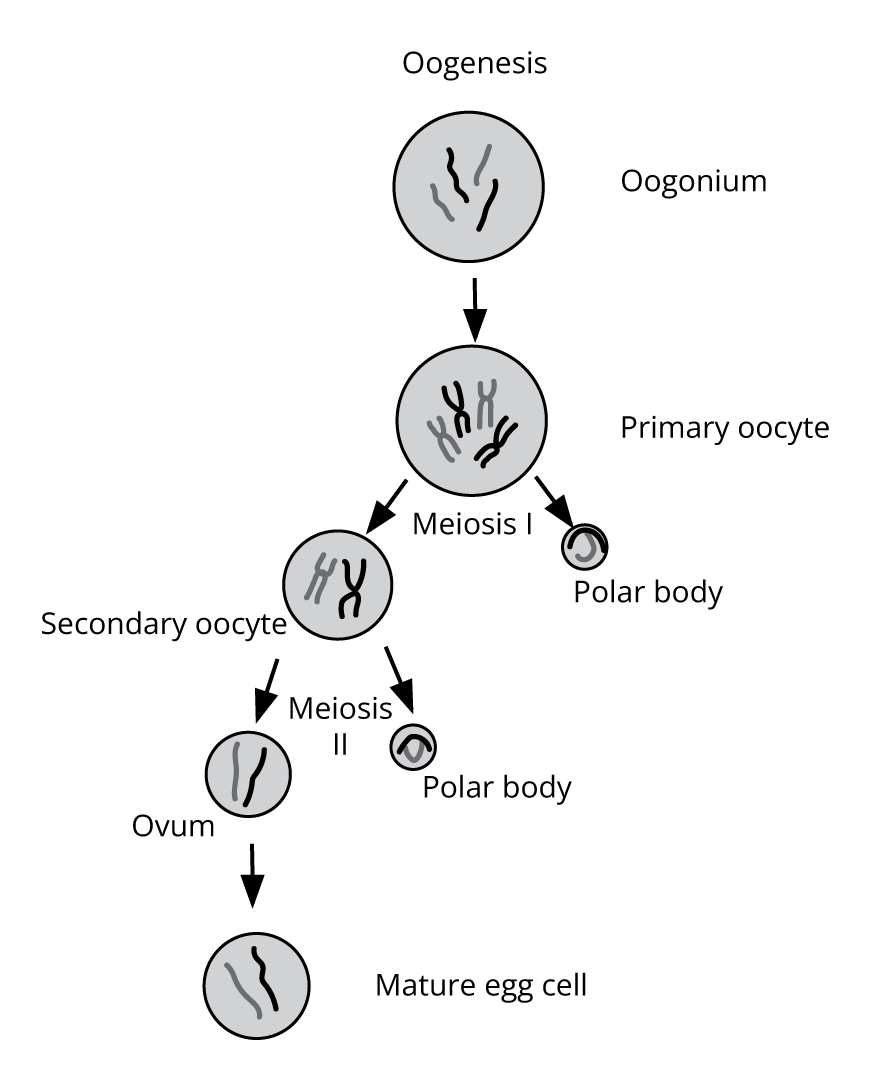NCERT Solutions For Biology Chapter 2 Human Reproduction Class 12 - FREE PDF Download
FAQs on NCERT Solutions for Class 12 Biology Chapter 2 Human Reproduction
1. Which are the Fundamental Topics of Class 12 Biology Chapter 2, and How to Prepare them?
The important topics of class 12 Biology chapter 2 are the Male Reproductive System, the Female Reproductive System, Menstrual Cycle, Gametogenesis, Implantation and Fertilisation, Embryonic Development and Pregnancy, and Lactation and Parturition.
In order to have a proper grasp over this chapter, students can opt to study from the NCERT Biology solutions PDF. By using this study material, they will get access to error-free answers, written in a simple and straightforward manner, which makes it easier for everyone to understand. Moreover, this solution material also helps a student in attaining a commendable score in Biology.
2. What is Chapter 2 Human Reproduction Class 12, all About?
This chapter falls under Unit Reproduction. It is a vast topic that covers the whole fertilisation process and producing offspring. Two kinds of reproduction are also discussed in this chapter; they are sexual and asexual reproduction. In sexual reproduction, an amalgamation of both female and male parents takes place. While in asexual reproduction, it involves only one parent. This chapter carries a considerable amount of weightage in the board exam, and every scholar must focus on preparing it by heart.
3. What is Meant by the Menstrual Cycle?
The menstrual cycle is the cyclic change that occurs monthly in a female body. This cycle is marked on the 28th day of the month, but it may vary to some extent.
The menstrual flow is the endometrium layer shedding, along with bleeding, that helps a uterus to prepare for pregnancy. This cycle may stop temporarily at the time of pregnancy.
A few hormones help regulate the menstrual cycle, including Follicle-stimulating hormone (FSH), Oestrogens, Progesterone and Luteinizing hormone (LH).
4. Can I download the PDF format of Biology Chapter 2 Human Reproduction Class 12 NCERT solutions?
You can download the human reproduction class 12 NCERT PDF for Biology Chapter 2 provided by Vedantu. These solutions are provided in PDF format and available at free of cost. These biology solutions in Chapter 2 of Human Reproduction Class 12 NCERT include step-wise explanations and various shortcut tricks of solving exercise-based questions efficiently. Students can also revise the Human Reproduction chapter online with the help of the Class 12 Biology Chapter 2 NCERT Solutions for better exam preparation.
5. What are the phases involved in the menstrual cycle?
According to Chapter 2, Human reproduction NCERT Class 12 Biology, four phases are involved in the menstrual cycle. All of these phases are an equally important part of the female reproductive system. The four phases are known as:
Menstrual phase
Follicular phase
Ovulation
Luteal phase
Students can learn more about these phases in detail through the Solutions for Biology provided in Chapter 2 - Human Reproduction Class 12 NCERT PDF download.
6. Which functions are performed by the testis and ovary?
As explained in the NCERT Biology Chapter 2 - Human Reproduction class 12 questions and answers, the testis produces the male gametes through spermatogenesis. The Leydig cells present in the testis help in the development of the secondary sex characteristics in males. The functions performed by the ovary include the production of the female gametes through the process known as oogenesis. The Graffian follicles present in the ovary help develop the secondary female sex characteristics.
7. Where can I find NCERT Solutions for Class 12 Biology Chapter 2?
Human reproduction class 12 NCERT solutions can be found on Vedantu app and website. These solutions have been provided by various subject experts to give students a detailed comprehension of various questions in the Class 12 Biology NCERT. Students who may find it difficult to answer questions in any other chapters can also refer to NCERT Solutions provided for all chapters in Class 12 Biology.
8. Is Chapter 2 of Class 12 Biology a difficult chapter?
Chapter 2 Human reproduction NCERT is believed that if you have a proper understanding of all the basic concepts of Class 12 Biology Chapter 2 Human Reproduction, it is definite that this chapter will not be difficult for you. However, students who find the subject tough can achieve a good grip on it through NCERT solutions. The NCERT solutions will help students understand the concepts.
9. What are the key points of human reproduction?
The key points of Human Reproduction in Class 12 NCERT include spermatogenesis, oogenesis, fertilisation, development, parturition, and lactation.
10. What are the methods taken up to achieve reproductive health?
The methods to achieve reproductive health are sexually transmitted disease prevention, family planning and contraception, education and awareness, reproductive health services, and maintaining preconception health.
11. What is the main goal of reproduction?
Class 12 Biology Chapter 2 Human reproduction NCERT describes the main goals and concepts of reproduction that are related to passing on genes, evolution and adaptation, and creating offspring. It also ensures the continuation of life and genetic variations over many generations.
12. What are the two main reproductive strategies?
The two main reproductive strategies are-
Sexual Reproduction | Asexual Reproduction |
Fusion of genetic material to create offspring | Fusion of gametes is absent |
This leads to genetic variation | Offsprings are genetically identical |
Examples- Humans | Example- Bacteria |



























